Life on Earth is incredibly diverse, with species adapting to environments ranging from lush rainforests to barren deserts. Among these, some species have evolved to thrive in extreme environments that seem inhospitable.
This article explores rare species living in extreme environments, their unique adaptations, and the importance of protecting these extraordinary forms of life.
What Are Extreme Environments?
Extreme environments are characterized by conditions that are typically hostile to most life forms. These can include:
- High temperatures (e.g., deserts, hydrothermal vents).
- Low temperatures (e.g., polar regions, high-altitude mountains).
- High salinity (e.g., salt flats, brine pools).
- Low oxygen levels (e.g., deep-sea trenches, high-altitude lakes).
- High pressure (e.g., oceanic trenches).
Despite these challenges, life not only exists but thrives in such conditions due to remarkable adaptations.
Examples of Rare Species in Extreme Environments
1. Tardigrades (Water Bears)
- Habitat: Found in diverse environments, from deep-sea trenches to the vacuum of space.
- Adaptations:
- Ability to enter a state called cryptobiosis, which halts metabolism and protects against extreme temperatures, radiation, and desiccation.
- Use of special proteins to shield DNA from damage.
| Feature | Description |
|---|---|
| Size | 0.3 to 0.5 mm |
| Tolerance Range | -200°C to 150°C, vacuum, high pressure |
| Survival Mechanism | Cryptobiosis |
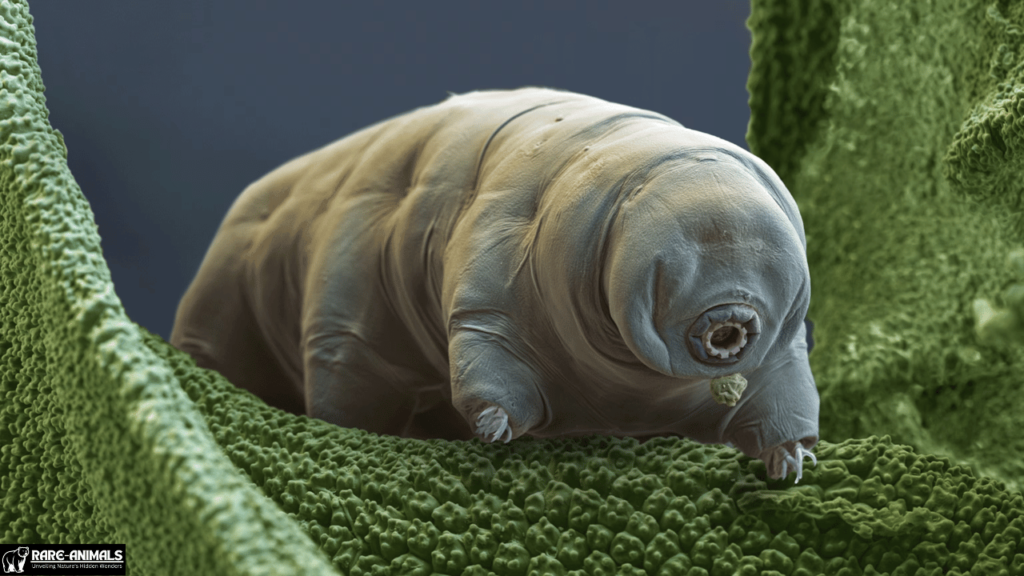
2. Icefish
- Habitat: Southern Ocean around Antarctica.
- Adaptations:
- Antifreeze proteins in their blood prevent ice crystal formation.
- Lack of hemoglobin reduces the risk of freezing in oxygen-rich, cold waters.
| Feature | Description |
| Habitat Temperature | -1.8°C |
| Unique Trait | Antifreeze proteins |
| Blood Color | Transparent due to lack of hemoglobin |
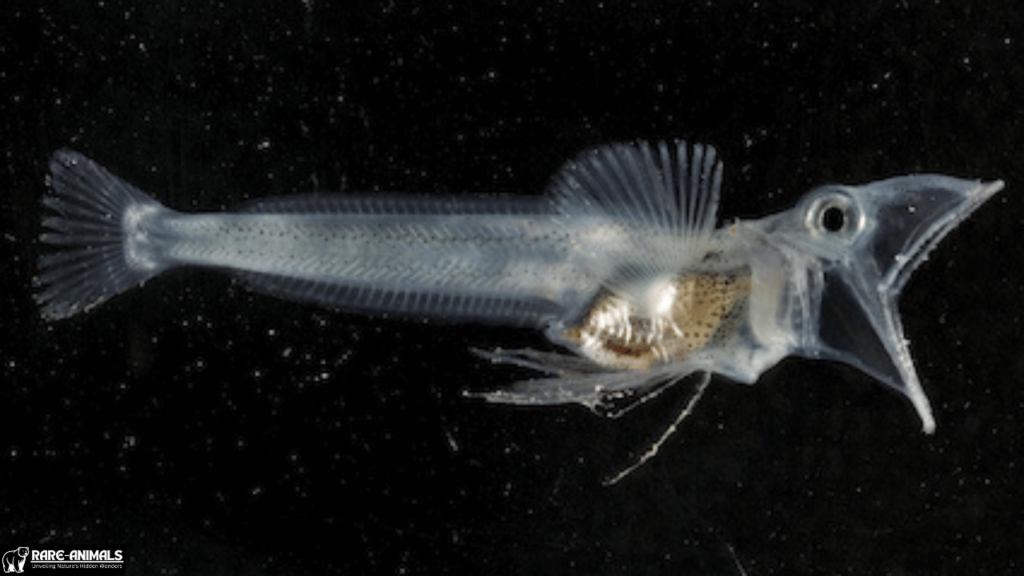
3. Pompeii Worm (Alvinella pompejana)
- Habitat: Hydrothermal vents in the Pacific Ocean.
- Adaptations:
- Can survive in temperatures up to 80°C.
- Symbiotic bacteria on their skin provide insulation and protection from extreme heat.
| Feature | Description |
| Temperature Range | Up to 80°C |
| Symbiosis | Bacteria coat for thermal protection |
| Length | Up to 13 cm |
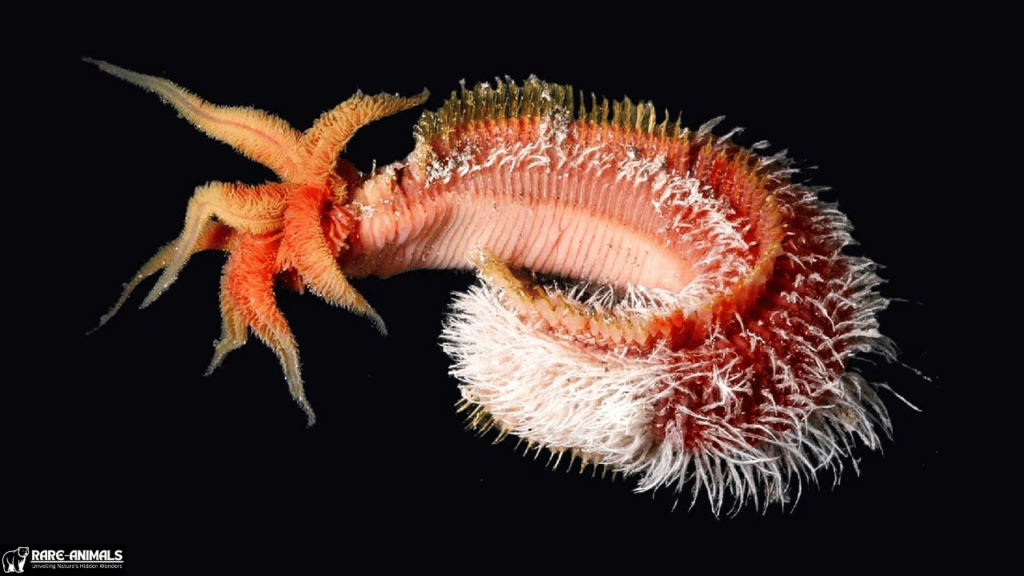
4. Saltwater Crocodile (Crocodylus porosus)
- Habitat: Coastal brackish waters and saltwater estuaries.
- Adaptations:
- Ability to excrete excess salt through specialized glands.
- Highly efficient osmoregulatory system to thrive in saline conditions.
| Feature | Description |
| Habitat | Brackish and saline waters |
| Size | Up to 7 meters |
| Unique Trait | Salt excretion glands |
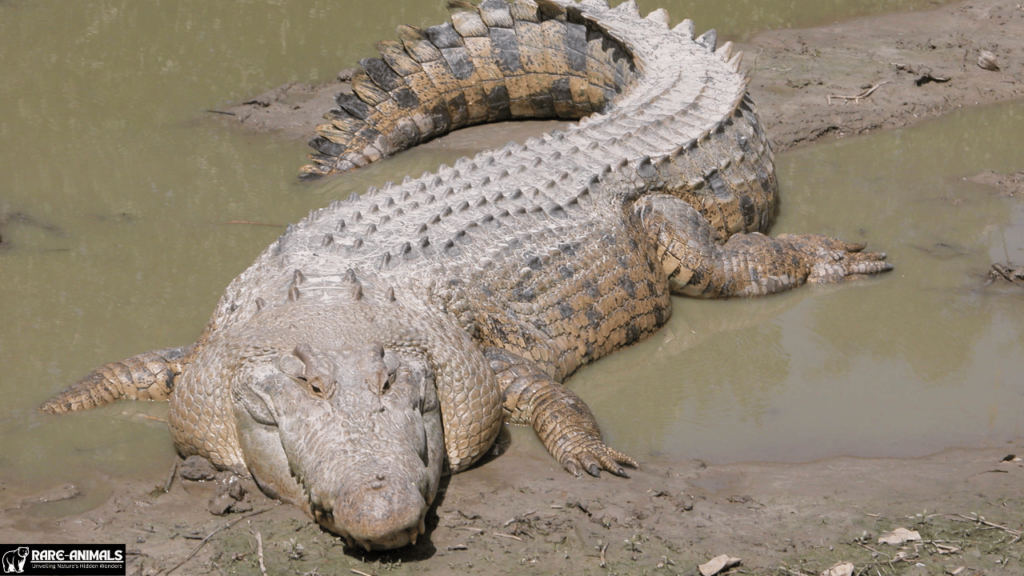
5. Saharan Silver Ant (Cataglyphis bombycina)
- Habitat: Sahara Desert.
- Adaptations:
- Can withstand surface temperatures of up to 70°C.
- Silver hairs reflect sunlight, reducing heat absorption.
- Short, high-speed foraging trips minimize exposure.
| Feature | Description |
| Temperature Tolerance | Up to 70°C |
| Foraging Speed | 1 meter per second |
| Unique Trait | Reflective body hairs |
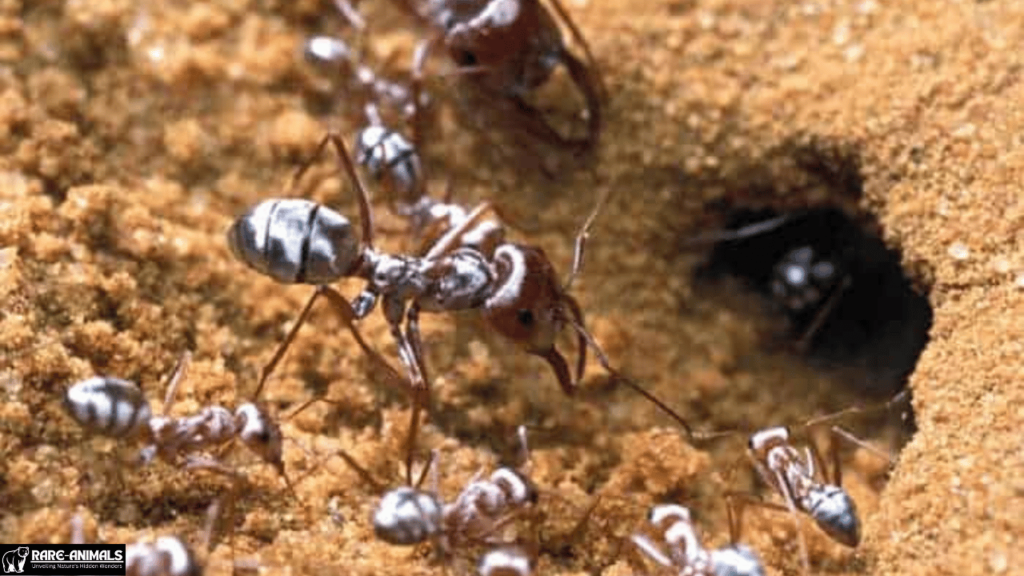
Importance of Studying Extreme Species
Biodiversity and Ecosystem Balance
- Species in extreme environments play crucial roles in maintaining ecological balance.
- For example, hydrothermal vent communities rely on species like Pompeii worms for nutrient cycling.
Inspiration for Innovation
- Studying these species can lead to breakthroughs in technology and medicine, such as antifreeze proteins inspiring cryopreservation techniques.
Climate Change Indicators
- Many extreme environment species are highly sensitive to environmental changes, serving as early indicators of climate shifts.
Threats to Species in Extreme Environments
Climate Change
- Melting polar ice caps threaten habitats of ice-dependent species like the icefish.
- Rising ocean temperatures affect hydrothermal vent ecosystems.
Human Activities
- Overfishing and mining disrupt deep-sea and coastal ecosystems.
- Pollution, such as microplastics, poses significant risks to aquatic species.
Habitat Degradation
- Salt flats and desert ecosystems are threatened by human encroachment and resource extraction.
Conservation Efforts
Protected Areas
- Establishing marine protected areas (MPAs) to safeguard deep-sea and coastal ecosystems.
- Designating polar regions as conservation zones to protect ice-dependent species.
Research and Monitoring
- Funding studies to understand the biology and ecology of rare species.
- Using technology like remotely operated vehicles (ROVs) for deep-sea exploration.
Legislation and Policy
- Enforcing laws against overfishing and mining in sensitive areas.
- International agreements to mitigate climate change impacts.
Conclusion
Rare species living in extreme environments are a testament to the resilience and adaptability of life. These organisms not only enrich our understanding of biology but also inspire solutions to human challenges.
However, they face significant threats from climate change and human activities. By prioritizing conservation, research, and sustainable practices, we can ensure that these extraordinary species continue to thrive and teach us about the limits of life on Earth.
FAQs
Q: What defines an extreme environment?
A: An extreme environment is characterized by conditions that are typically inhospitable to most life forms, such as extreme temperatures, high salinity, or low oxygen levels.
Q: Why are species in extreme environments important?
A: They play crucial roles in maintaining ecosystem balance, inspire technological and medical innovations, and act as indicators of climate change.
Q: What are some examples of species in extreme environments?
A: Examples include tardigrades, icefish, Pompeii worms, Saharan silver ants, and saltwater crocodiles.
Q: How can we protect species in extreme environments?
A: Conservation efforts include establishing protected areas, conducting research, and implementing policies to mitigate human impacts.
Q: Are species in extreme environments affected by climate change?
A: Yes, many of these species are highly sensitive to environmental changes and are threatened by rising temperatures, habitat loss, and pollution.

Alveena is an experienced content writer with a knack for crafting engaging and insightful pieces. She thrives on breaking down complex ideas and presenting them as clear, captivating content that resonates with readers.

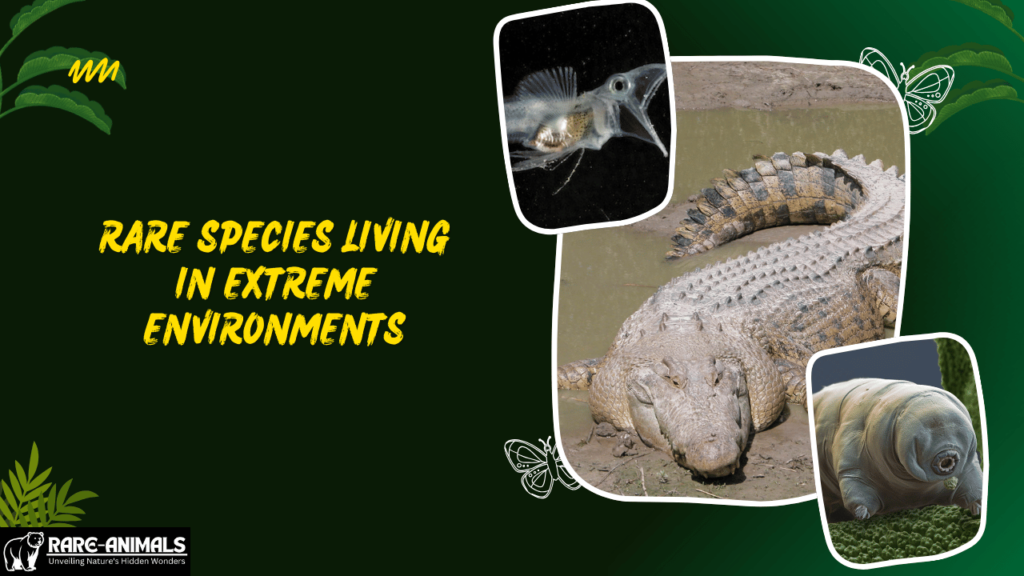



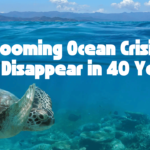


1 thought on “Rare Species Living in Extreme Environments”